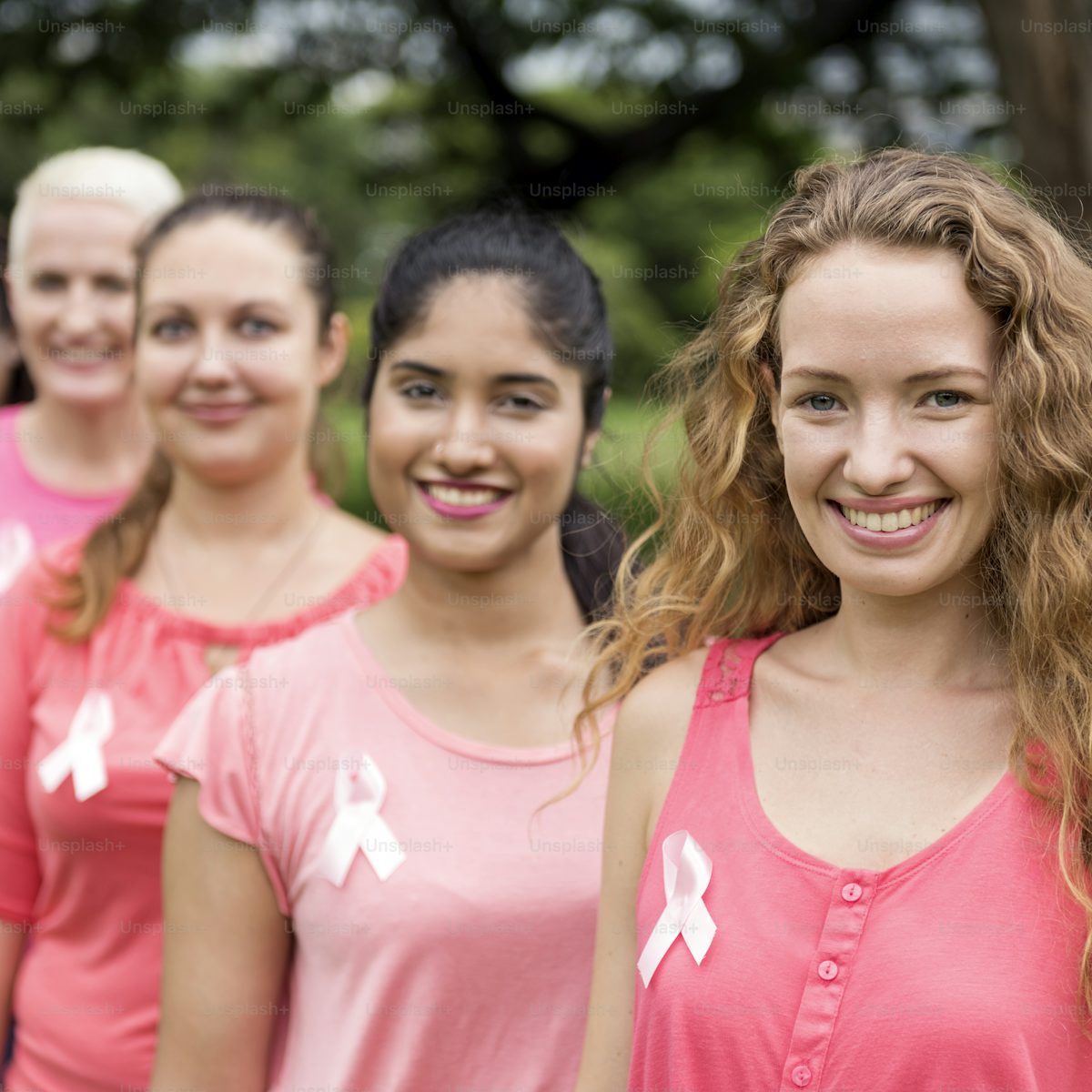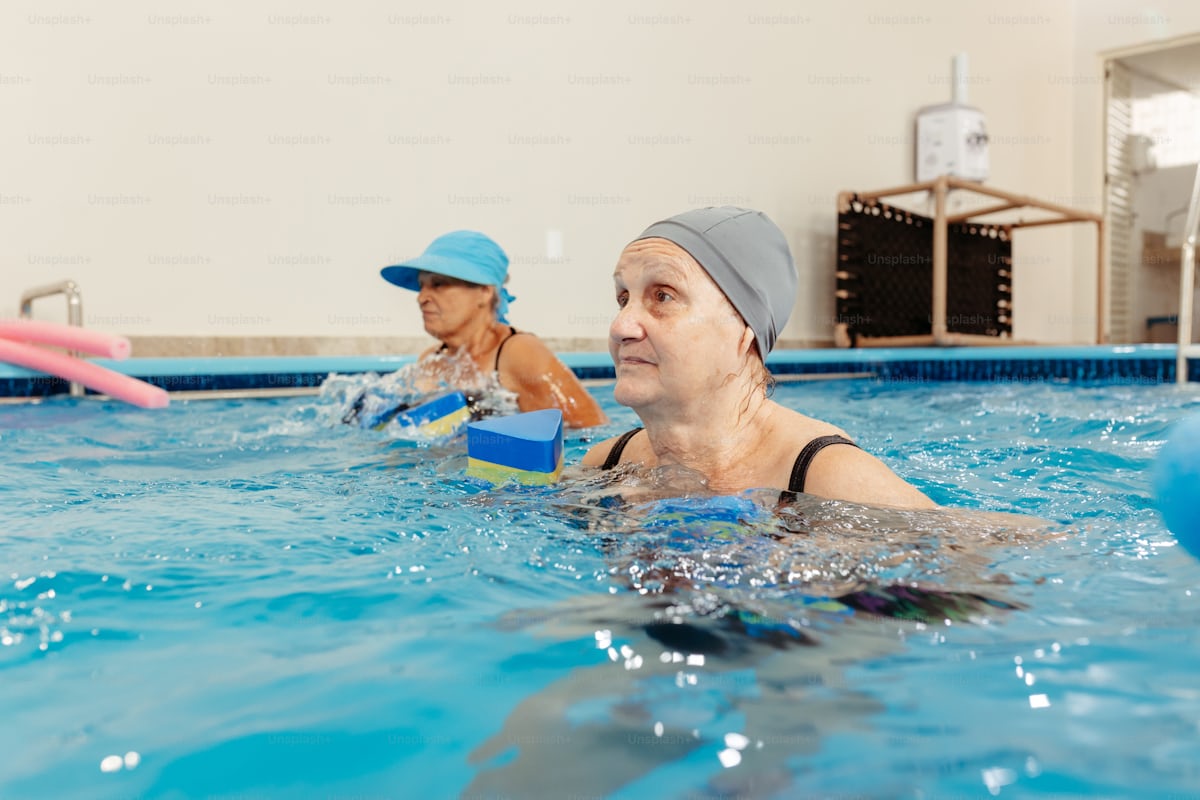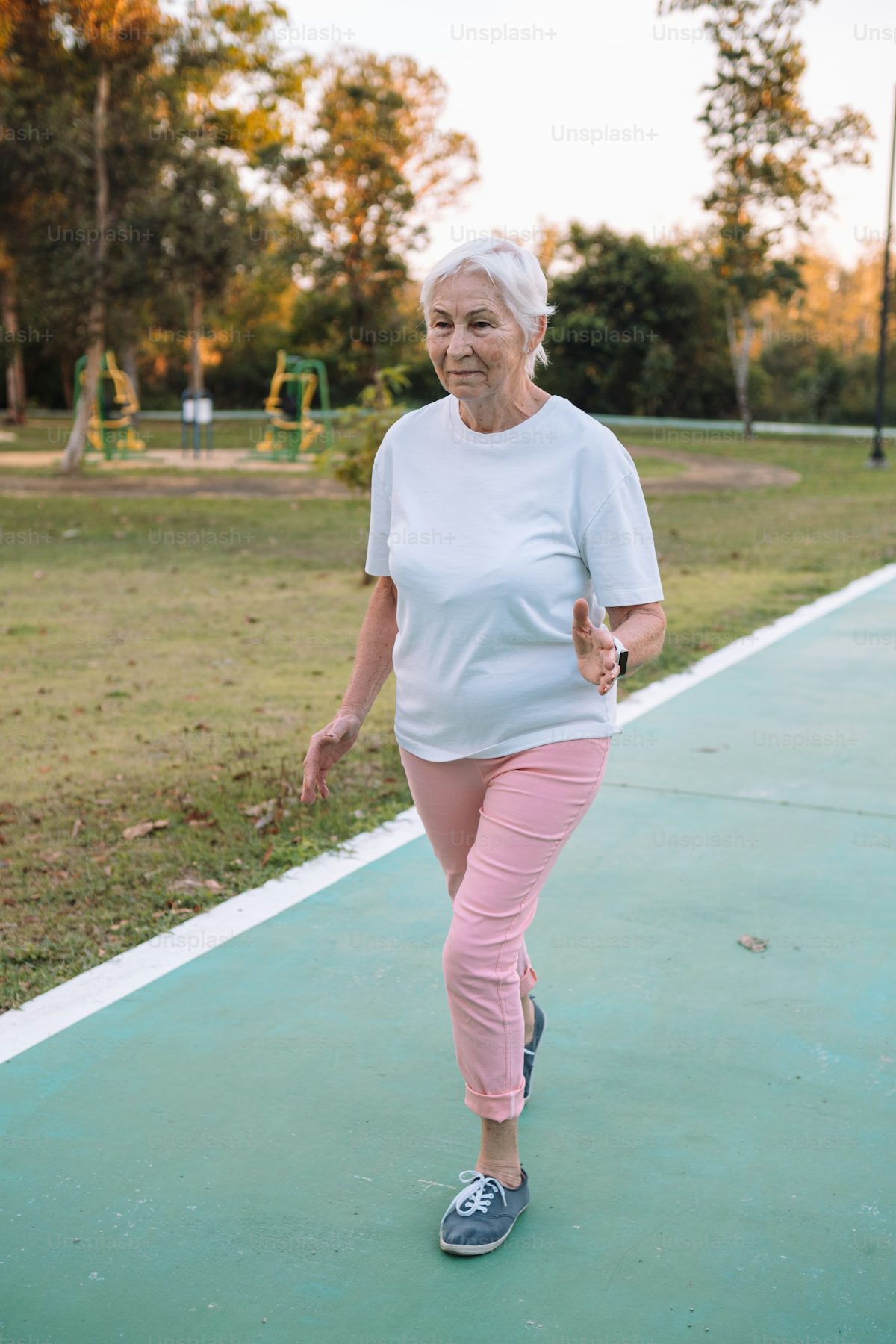A study published in the journal Supportive Care in Cancer found that cancer patients who exercised regularly had better quality of life. Exercise offers a variety of health benefits for people undergoing various cancer treatments, including immunotherapy, chemotherapy, radiation therapy, and more. Regardless of the stage and type of cancer, it improves the body’s response to treatment. Here are some ways exercise can help during cancer treatment.
Reduce fatigue
Keep your heart healthy and increase your lung capacity
Avoid stress and depression
Improve quality of life
For some types of cancer, such as lung cancer, it shortens recovery time.
Ways to exercise safely during cancer treatment:
Before starting any exercise, remember that the body is still weak. Start with low-impact activities that are easy on the body, such as walking, swimming or cycling. Over time, exercise helps your body develop endurance and strength. If a person feels very tired while exercising, he should rest for some time. Pay attention to how your body feels during and after exercise. If any pain or fatigue occurs, stop immediately.

Additionally, drink plenty of fluids before, during, and after exercise. Make sure to drink at least 8 glasses of water every day. Exercise on a flat, safe surface to avoid the risk of falling. Cancer patients undergoing radiation therapy should avoid swimming pools because they can cause bacterial infections and chlorine can irritate skin damaged by radiation.
Exercise for people undergoing cancer treatment
Exercise programs during cancer treatment are individual and case-specific. Cancer type, treatment, side effects, personal health and other health concerns play an important role in creating an exercise program for cancer patients. Therefore, it is always important to consult your doctor before starting exercise. However, some exercises have been shown to be beneficial for cancer patients undergoing various treatments. Let’s take a look!
Stretching exercises
Stretching exercises are safe for people of almost all ages and can greatly improve flexibility and posture. It helps the body repair itself by increasing blood flow and oxygen to the muscles. Radiation therapy can help offset the effects of radiation therapy, which can limit range of motion and muscle strength. Stretching can help relieve dry scars after cancer surgery, allowing survivors to return to normal daily activities.
Balance exercise
After cancer treatment, maintaining balance can be difficult. Regular exercise can help reduce fatigue, increase energy levels, and improve overall physical health and mobility. Additionally, this type of exercise helps restore stability and prevent injuries and falls. Some simple balance exercises are as follows:

Leg Lift: Stand with your feet hip-width apart and one leg straight, no higher than your shoulder. Wait a few seconds, then lower one leg and repeat the entire process with the other leg.
One-leg balance: Stand on one leg, raise the other leg slightly bent. Hold this position for a few seconds, then lower down and repeat with the other leg.
Tai Chi: This low-impact exercise helps improve balance, flexibility and strength.
Yoga: Yoga is very beneficial for improving balance and flexibility. Try Tree Pose, Chair Pose, Mountain Pose, Cat/Cow Pose etc.
Aerobic exercise:
Aerobic exercise, also known as cardio, helps raise your heart rate. It helps strengthen heart and lung function and significantly reduces fatigue during and after treatment. This exercise reduces stress and helps maintain a healthy weight. In addition, exercise improves blood circulation, strengthens the immune system and helps breathing. Thanks to all these benefits, cancer patients can better cope with treatment and recovery.
Walking is a common aerobic exercise. Health care providers may recommend walking for 40 to 50 minutes three or four times a day.

Strength training:
Lack of exercise during cancer treatment and recovery can lead to muscle wasting and muscle weakness. It is important to include strength training (resistance training) in your workouts to restore muscle strength. It increases muscle mass and helps them perform daily activities with ease. Strength training can prevent osteoporosis, a common side effect of many cancer treatments.
Main Points
Cancer treatment in general can be physically and emotionally challenging. However, staying active and participating in physical activity is important. Exercise improves overall health and well-being, reduces stress and anxiety, and helps manage the side effects of cancer treatment. Before starting any exercise program, talk to your doctor to determine which activities are safe and beneficial. For detailed instructions and to schedule an appointment with the best cancer care specialists, contact Advanced Cancer Treatment Center, the best cancer treatment clinic in Florida.
Reference
https://www.mdanderson.org/cancerwise/exercise-during-cancer-treatment–4-things-to-know.h00-159543690.html
https://www.webmd.com/cancer/cancer-treatment-exercise
https://www.mskcc.org/cancer-care/patient-education/exercise-during-after-cancer-treatment-level-1
https://www.cancer.org/cancer/survivorship/be-healthy-after-treatment/physical-activity-and-the-cancer-patient.html
https://www.dana-farber.org/health-library/tips-for-exercising-during-after-cancer-treatment
https://www.cancerresearchuk.org/about-cancer/coping/physically/exercise-guidelines
https://www.foxchase.org/blog/exercise-during-cancer-treatment-what-you-should-know
What to know about exercise for cancer patients
 using WordPress and
using WordPress and
Comments are closed